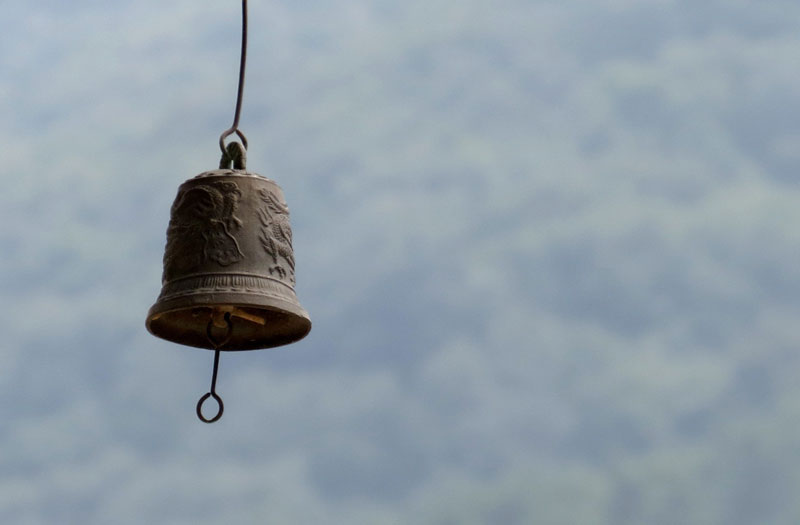 There are moments in life that echo with unexpected resonance. They arise like reminders of a truth held deep in your being that you may not recognise or express until it is brought to light by an external catalyst. Such moments occur for me when I’m wandering through an art gallery and find myself drawn to certain works that rouse a powerful response. They happen, too, when I’m reading and I encounter an image or phrase that renders the world more lucid or beautiful. Then there are the times when a comment from an admired author illuminates an intrinsic understanding.
There are moments in life that echo with unexpected resonance. They arise like reminders of a truth held deep in your being that you may not recognise or express until it is brought to light by an external catalyst. Such moments occur for me when I’m wandering through an art gallery and find myself drawn to certain works that rouse a powerful response. They happen, too, when I’m reading and I encounter an image or phrase that renders the world more lucid or beautiful. Then there are the times when a comment from an admired author illuminates an intrinsic understanding.
A recent instance of this arose from an observation by Philip Pullman on the significance of rhythm in his process. In an interview with the BBC, he said:
“When I’m writing, I’m more conscious of the sound, actually, than the meaning. I know what the rhythm of the sentence is going to be before I know what the words are going to be in it. That’s a very important factor in the way I write … I have to have silence, so I can hear the rhythm.”
This reflection resonated with me because it describes, to some extent, the way that I write, but it also alludes to how—and sometimes what and why—I edit. Much of my work involves sensing and finessing the rhythm in sentences, paragraphs and whole manuscripts.
Punctuation has a role in this, of course. There are the varying pauses offered by commas, semicolons, dashes and full stops. There’s the space that is made by a paragraph or line break, as well as the emphasis implied by an exclamation mark, the rising note of a question mark, the trailing off of an ellipsis… The length of sentences and placement of phrases in relation to their neighbours also alter the tone.
Beyond the simple yet undeniable effects of syllables and stress, many rhetorical devices may contribute to the melody of a text. Assonance, consonance and alliteration can all be employed; variety, repetition and rhyme too. There is an abundance of techniques that will give rhythm to your writing, but the best approach is to nourish an individual instinct for it.
Tuning in to the rhythm in writing begins with listening to how it sounds. Always read your words aloud, and pursue opportunities to hear good writing by others, either at live events or in the form of audiobooks, podcasts and so on. You might also seek out speeches—as both recordings and transcripts—delivered by eloquent orators, or consider the way that music might inform the balance, pacing and inflection of your sentences.
Better yet, listen to poetry.
There is perhaps no better way to cultivate an appreciation of rhythm in writing than to immerse yourself in poems. Let the musicality of the words, their pitch and lilt, their harmony and sonority, and even their dissonance reverberate through you.
Philip Pullman lauds the potency of poetry, noting that it, initially more than stories, was “the great key” for him. Speaking with Michael Williams from the Wheeler Centre, he commented that:
“I loved poetry; I loved the sound it made. I didn’t understand it always, but I didn’t need to understand it because I’d got the idea that if I just spoke it, if I read it aloud, it would communicate something to me, and it did, and it still does.”
We may not all have the ability to write like the author of His Dark Materials, but whether you craft your sentences by placing cadence before content or you tinker with the tempo later when editing, having an awareness of rhythm is, in my view, vital for devising lively and enticing writing.
It invites readers in, guides and beguiles them, and it may even help kindle those glorious moments of resonance.
Are you aware of rhythm as you write? Do you appreciate it when reading what others have written? What tactics or techniques do you use to improve the rhythm of your sentences?